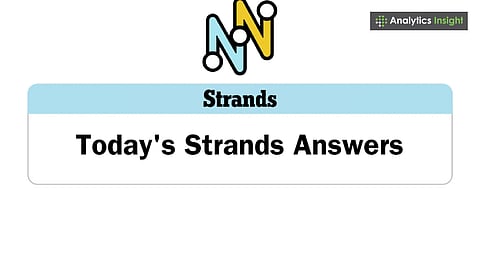

The July 24 NYT Strands puzzle centers around primal threat signals in the natural world.
The spangram WARNING links together powerful words, each a signal to retreat.
A direct and instinctive puzzle, drawing from the animal kingdom’s language of caution.
The NYT Strands puzzle in The New York Times explores a theme that taps into our deepest human instincts. Called ‘Back Away Slowly,’ the puzzle explores warning signs, distinct sounds, and actions animals exhibit when warning of danger or protecting their territory.
The idea is simple but potent: collect a group of words that animals use to repel predators or threats. These are not metaphorical messages; rather, direct, evolutionary communication tools, refined over millions of years.
NYT Strands today uses these signals creatively to construct a puzzle that presents itself as immediate and pressing.
NYT Strands is an 8x6 grid of letters from which words are to be found according to a common theme. Words found are in blue, and one important word, the spangram, is across two or more edges of the grid and is in gold.
There are no repeated letters, and players are required to find at least three correct non-theme words to unlock hints. The puzzle requires vocabulary skills, spatial logic, and theme recognition.
WARNING: The term ‘WARNING’ is the spangram of today. It binds the whole puzzle together, both semantically and conceptually. It establishes the mood for the remainder of the grid and summarizes the main idea.
SNARL – An exhibition of aggression, usually accompanied by bared teeth
GROWL – A low, menacing sound
HISS – A high-pitched sound frequently employed by snakes and cats to act as a deterrent
STOMP – A physical demonstration intended to intimidate
SCREECH – An exaggerated cry of alarm
HUFF – A huffy exhale, marking agitation
RATTLE – A mechanistic sound employed for deterrence, notably in snakes
SPRAY – A defensive, territorial behavior employed by some animals, such as skunks
Today’s NYT Strands answers go beyond whimsical abstraction. It is sturdy with strands from behaviorism based on survival and boundary setting. Each word symbolizes a natural response to a threat-a real alarm that should never go unheard.
By giving these warnings prominence, NYT Strands clues and answers remind us that, often, the most intelligent thing to do is not to fix the problem but to walk away from it.
